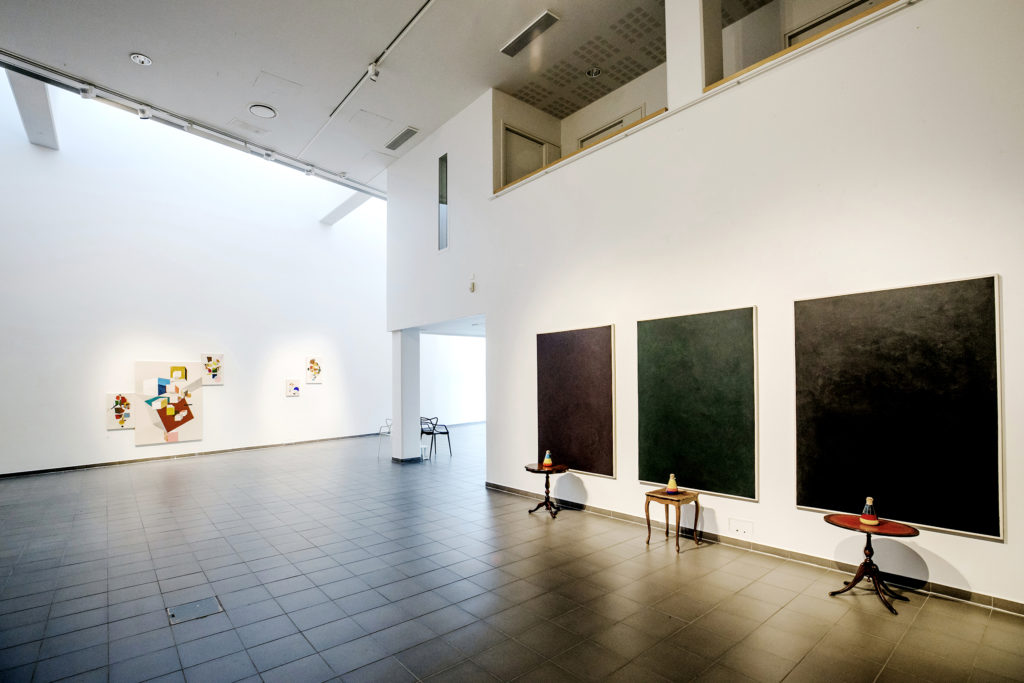Art Museum
The oldest art museum in Northern Finland is full of light, flair, and colour.
Kemi Art Museum was founded in 1947 in order to put the 136-piece art collection of the teacher Ape Rantaniemi on display. The collection mainly contains artwork representing early Finnish modernism. Nowadays, the museum’s collection includes about 2,700 works of art, including paintings, drawings, sculptures and graphic pieces from the early 19th century to the present day.
From the beginning, Kemi Art Museum has enabled visitors to explore northern Finnish art and it has raised public awareness around northern art in an important way. The exhibitions are centred around modern Lappish art. In addition to presenting and documenting Lapland’s visual arts, the museum also regularly organises other domestic and international exhibitions, as well as lectures, events, art workshops and guided tours.
The idea of a regional art museum was conceived in Kemi Art Museum in 1972. The Ministry of Education designated Kemi Art Museum the title of regional art museum in 1981. In addition to research, recording and exhibition activities, the tasks of the art museum included promoting and directing art museum activities in the Lapland region. In 1993, Kemi Art Museum split its responsibility over regional art museum activities with Rovaniemi and from then on, Kemi’s areas of responsibility included the Tornio River Valley (Muonio, Simo, Kemi, Keminmaa, Tornio, Tervola, Yitornio, Pello, Kolari).
In October 2019, the Minister of Science and Culture Hanna Kosonen named Kemi Art Museum the museum in charge of regional museum activities. This title includes responsibility over the above-mentioned Tornio River Valley area. Regional art museum tasks include, for example, collecting art information in the area and promoting local art.
